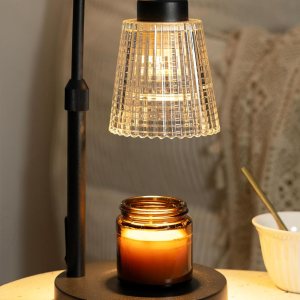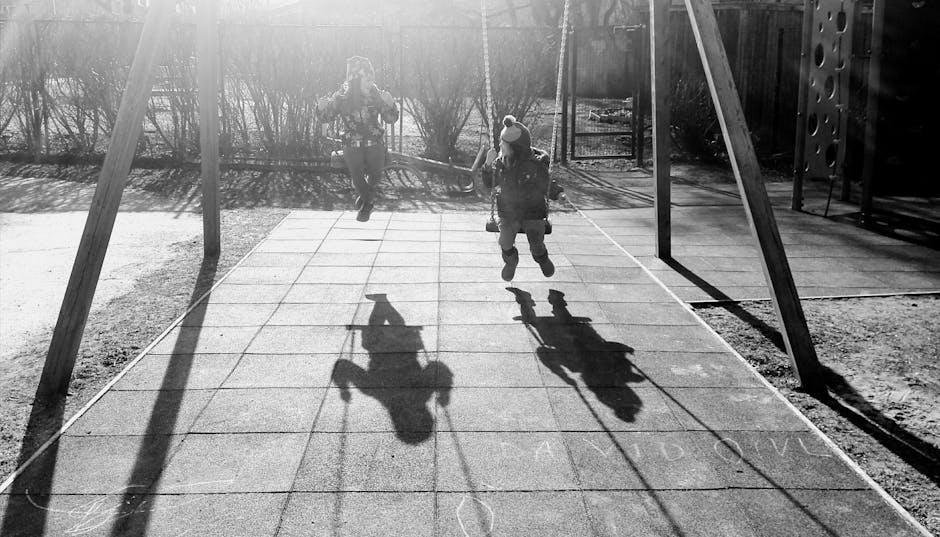As any parent knows, a good night’s sleep is essential for kids to grow, learn, and feel their best. But ensuring your little ones sleep safely can sometimes feel overwhelming with all the advice and products out there. Don’t worry — making your child’s sleep space safe doesn’t have to be complicated or stressful. In this article, we’ll share simple, practical tips to help you create a cozy, secure environment where your kids can rest peacefully and you can have that much-needed peace of mind. Let’s dive in!
Table of Contents
- Choosing the Right Mattress and Bedding for Comfort and Safety
- Setting Up the Perfect Room Temperature and Lighting
- Removing Common Hazards and Keeping the Sleep Space Clutter-Free
- Incorporating Soothing Bedtime Rituals to Promote Relaxation
- Insights and Conclusions
Choosing the Right Mattress and Bedding for Comfort and Safety
When choosing a mattress for your child’s bed, prioritize *firmness* and *breathability*. A mattress that is too soft can pose risks, while a firm one provides the necessary support for growing bodies and ensures safe sleeping positions. Look for mattresses with hypoallergenic materials that reduce the chances of allergies and asthma triggers. Additionally, organic or natural fabrics can be gentle on sensitive skin and free from harsh chemicals.
For bedding, simplicity is key. Avoid heavy blankets, loose sheets, or pillows for younger children to minimize the risk of suffocation. Instead, opt for fitted sheets made of soft, breathable cotton or bamboo. You might also consider a sleep sack or wearable blanket as a safe alternative to traditional blankets—these keep kids warm without the added bulk. Here’s a quick checklist to keep in mind:
- Choose firm, hypoallergenic mattresses.
- Use fitted sheets made from breathable, natural fabrics.
- Avoid pillows and heavy blankets for infants and toddlers.
- Consider sleep sacks for added warmth without risk.
Setting Up the Perfect Room Temperature and Lighting
Maintaining the right ambiance in your child’s bedroom is crucial for fostering restful sleep. Aim to keep the room temperature between 68°F and 72°F (20°C to 22°C), as this range helps regulate your child’s body heat and prevents overheating or chills. Consider using a reliable thermometer and a fan or portable heater to fine-tune the environment throughout the year. Additionally, opt for breathable bedding materials like cotton to enhance comfort without compromising warmth.
Lighting plays a key role in signaling bedtime to your little one’s internal clock. Soft, warm lighting is the best choice, promoting relaxation and signaling that it’s time to wind down. Avoid harsh white or blue-toned lights, especially an hour before bed. To ease nighttime awakenings, a dim nightlight can provide gentle illumination without fully disrupting sleep. Here are some tips to optimize lighting:
- Use blackout curtains to block external streetlights and early morning sun
- Install dimmable lamps or smart bulbs for adjustable light levels
- Create consistent bedtime rituals under warm lighting to cue sleepiness
Removing Common Hazards and Keeping the Sleep Space Clutter-Free
To build a truly safe sleep space for your little one, it’s all about removing potential dangers before they even come close. Start by keeping the area free of small toys, loose bedding, and pillows that could pose a suffocation risk. Sharp objects, cords, and strings should be tucked away or secured out of reach, as these can quickly become hazardous during play or rest. Make sure electrical outlets are covered with childproof caps and that blackout curtains or blinds don’t have accessible pull cords that can tangle around tiny necks.
Beyond safety, a clutter-free environment also promotes better sleep quality by creating a calming and peaceful atmosphere. Establish a habit of tidying up the sleep area daily, and consider using smart storage solutions like bins with soft lids or built-in shelves designed for easy access and organization. Keeping only essentials in the crib or bed area not only reduces distractions but also limits the chance of accidents, giving your child—and you—peace of mind come bedtime.
Incorporating Soothing Bedtime Rituals to Promote Relaxation
Establishing a calming pre-sleep routine can transform your child’s bedtime from a struggle into a cherished moment of peace. Activities like reading a favorite story, listening to gentle lullabies, or practicing simple breathing exercises can ease the transition from busy daytime energy to restful night. Emphasizing consistency by keeping the same sequence of soothing actions each night creates a reassuring rhythm, signaling to your little one’s brain that it’s time to unwind and prepare for sleep.
To enhance this tranquil experience, consider incorporating natural elements such as dim lighting, soft blankets, and warm herbal teas suitable for kids. These small yet effective touches can significantly reduce stress and promote relaxation. Here are some simple soothing rituals you might try:
- Warm bath with calming lavender scents
- Quiet storytime with cuddly stuffed animals
- Gentle stretches or bedtime yoga for kids
- Ambient sounds like white noise or ocean waves
- Guided visualization or positive affirmations
Insights and Conclusions
Creating a sleep-safe environment for your little ones doesn’t have to be complicated or overwhelming. With just a few simple tweaks—like choosing the right mattress, keeping the crib clutter-free, and maintaining a cozy room temperature—you’re setting the stage for peaceful, restful nights. Remember, these small changes can make a big difference in your child’s sleep quality and overall safety. Sweet dreams and happy snoozing to you and your family!
Related Products
-
Sale!
Easy@Home 50 Ovulation Test Strips and 20 Pregnanc…
Mom Original price was: $19.98.$12.81Current price is: $12.81. -
Sale!
Regal Games Card Games for Kids – Go Fish, Crazy 8…
Kids Original price was: $16.99.$12.99Current price is: $12.99. -
J.VER Men’s Cotton Linen Short Sleeve Shirts Casua…
Clothing $19.99







